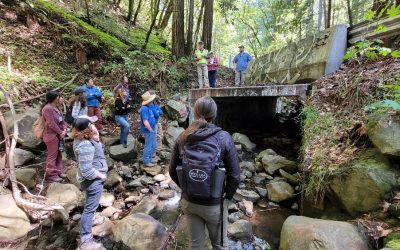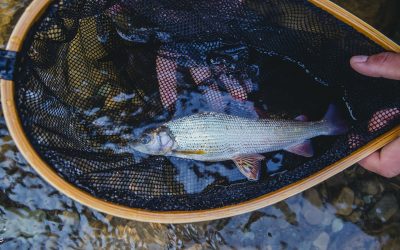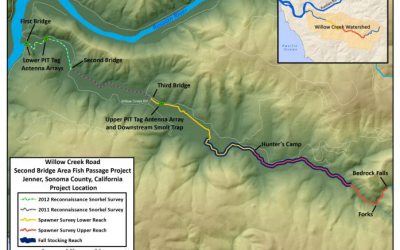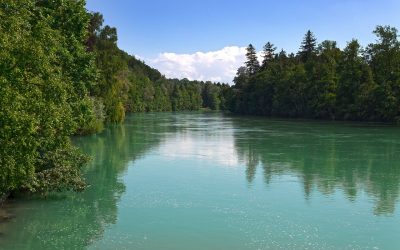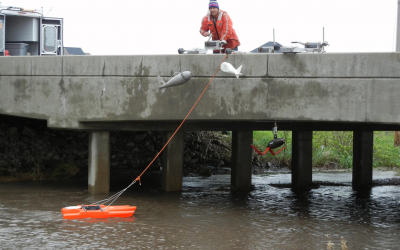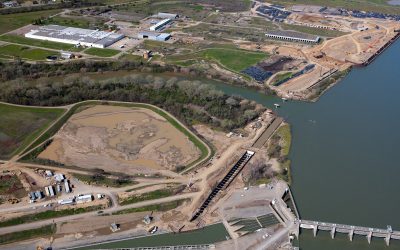60 Projects Funded
Since 2012, the Forum has supported 60 projects, varying from on-the-ground projects to design projects, and scientific assessments across the state of California.
$2.4M in Project Funding
The Forum has connected project partners with 2.4 million in combined project funding.
53 Barriers Remediated
The Forum has supported the removal or remediation of more than fifty fish passage barriers in California, from small culverts to massive dam removals.
295 Miles of Improved Access
Forum supported projects have
resulted in improved access to spawning and rearing habitat for threatened & endangered anadromous fish.
News and Announcements
Forum Hosting a Workshop at 42nd Annual Salmonid Restoration Federation (SRF) Conference!
Using Rapid Assessment Protocols to Gauge the Passability of Barriers to Anadromous Fish Passage,...
NOAA’s Office of Habitat Conservation partners with California Fish Passage Forum to offer funding for Restoration to Support Recreational Fishing
NOAA's Office of Habitat Conservation and Rec Fish Initiative are pleased to announce that we are...
California Fish Passage Forum committed to supporting assessment, research, and monitoring through Funding Opportunity ( Open Now!)
Since its recognition as an FHP in 2012, the Forum has received funding through NFHP (via the U.S....
American Rivers hosts Dam Removal Webinar November 6th
Join American Rivers on Wednesday, November 6 at 1pm ET to discuss the role of dam removal as a...
Biden-Harris Administration, NOAA to Provide $600,000 for Citizen Science
From NOAA NMFS Press Release Today, the Department of Commerce and NOAA announced a $600,000...
Fisheries Restoration and Irrigation Mitigation Act (FRIMA) Notice of Funding Opportunity- Applications due September 30th
The FY24 Fisheries Restoration and Irrigation Mitigation Act works to voluntarily reconnect...

